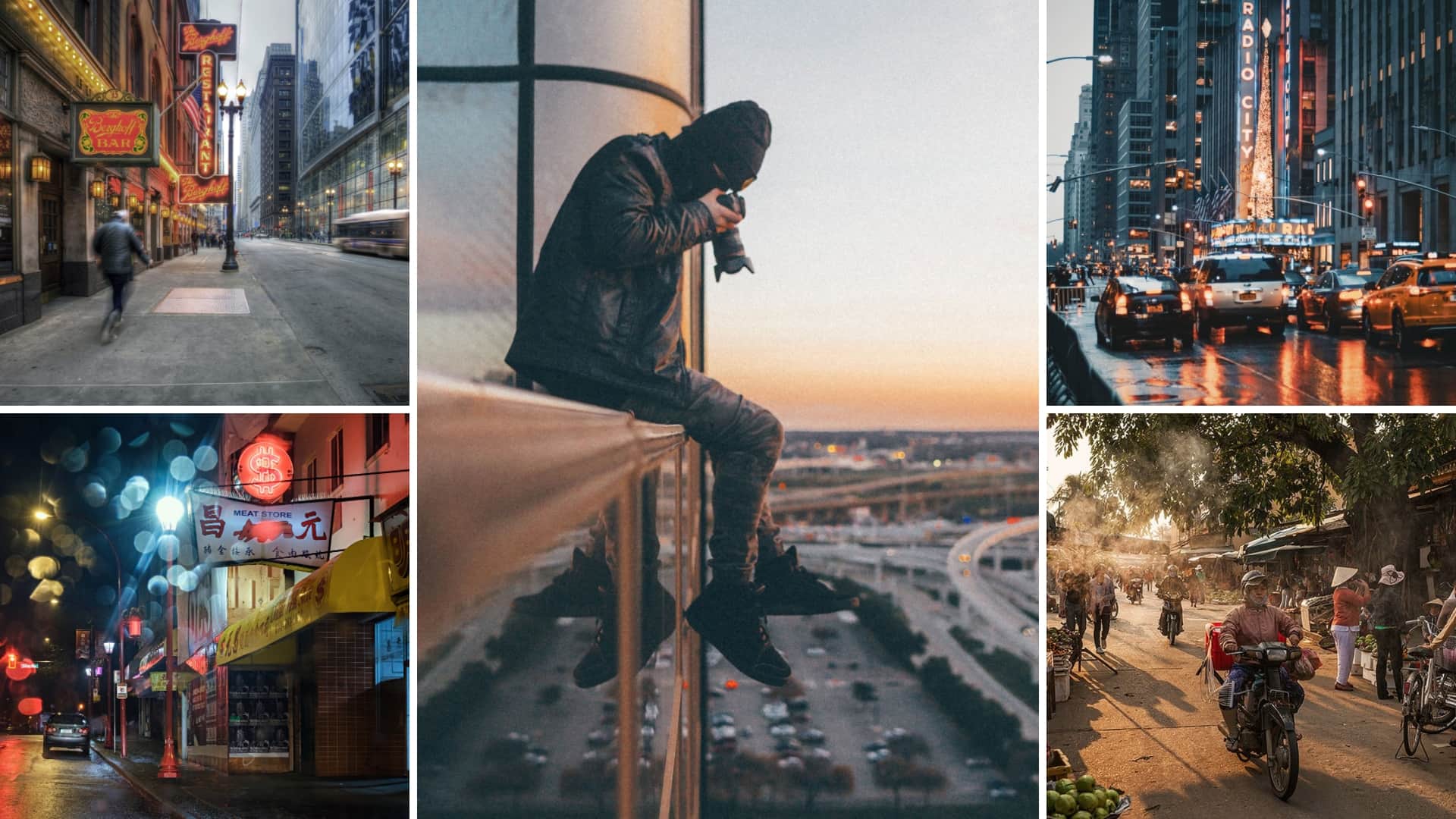Indicators on Framing Streets You Should Know
Indicators on Framing Streets You Should Know
Blog Article
A Biased View of Framing Streets
Table of ContentsAn Unbiased View of Framing StreetsThe 3-Minute Rule for Framing StreetsFraming Streets Can Be Fun For EveryoneTop Guidelines Of Framing StreetsThe 9-Second Trick For Framing StreetsMore About Framing Streets
Photography style "Crufts Pet dog Program 1968" by Tony Ray-Jones Street digital photography (likewise sometimes called candid photography) is photography performed for art or query that includes unmediated opportunity experiences and arbitrary incidents within public locations, typically with the purpose of capturing images at a definitive or emotional moment by careful framing and timing. 
Everything about Framing Streets
Susan Sontag, 1977 Street photography can concentrate on individuals and their habits in public. In this regard, the street professional photographer resembles social docudrama photographers or photographers that also operate in public areas, yet with the goal of recording relevant occasions. Any of these professional photographers' pictures might capture individuals and residential or commercial property noticeable within or from public areas, which commonly entails navigating ethical issues and legislations of personal privacy, safety, and home.
Representations of day-to-day public life form a category in practically every period of globe art, beginning in the pre-historic, Sumerian, Egyptian and very early Buddhist art periods. Art managing the life of the road, whether within sights of cityscapes, or as the leading theme, shows up in the West in the canon of the North Renaissance, Baroque, Rococo, of Romanticism, Realistic look, Impressionism and Post-Impressionism.
The Best Guide To Framing Streets
Louis Daguerre: "Boulevard du Holy place" (1838 or 1839) In 1838 or 1839 the very first photograph of figures in the street was taped by Louis-Jacques-Mand Daguerre in one of a set of daguerreotype views extracted from his studio window of the Blvd du Holy place in Paris. The second, made at the elevation of the day, shows an uninhabited stretch of street, while the various other was taken at concerning 8:00 am, and as Beaumont Newhall reports, "The Blvd, so continuously loaded with a relocating throng of pedestrians and carriages was flawlessly singular, other than an individual who was having his boots cleaned.
His boots and legs were well specified, but he is without body or head, because these were in activity." Charles Ngre, waterseller Charles Ngre. https://www.intensedebate.com/people/framingstreets1 was the first professional photographer to acquire the technical sophistication needed to sign up people in movement on the street in Paris in 1851. Digital Photographer John Thomson, a Scotsman collaborating with reporter and social protestor Adolphe Smith, published Road Life in London in twelve regular monthly installments beginning in February 1877
Some Known Factual Statements About Framing Streets
Eugene Atget is considered a progenitor, not since he was the first of his kind, however as an outcome of the popularisation in the late 1920s of his document of Parisian roads by Berenice Abbott, that was influenced to carry out a similar documentation of New York City. [] As the city established, Atget aided to advertise Parisian roads as a worthy subject for digital photography.

The Definitive Guide to Framing Streets
Andre Kertesz.'s commonly admired Images la Sauvette (1952) (the English-language edition was titled The Decisive Moment) promoted the concept of taking an image at what he described the "definitive moment"; "when kind and material, vision and structure merged into a transcendent whole" - sony a7iv.
Framing Streets - An Overview
, after that an instructor of young youngsters, associated with Evans in 193839.'s 1958 book,, was substantial; raw and typically out of focus, Frank's images examined mainstream digital photography of the time, "challenged all the formal rules photography presets laid down by Henri Cartier-Bresson and Walker Evans" and "flew in the face of the wholesome pictorialism and genuine photojournalism of American magazines like LIFE and Time".
Report this page